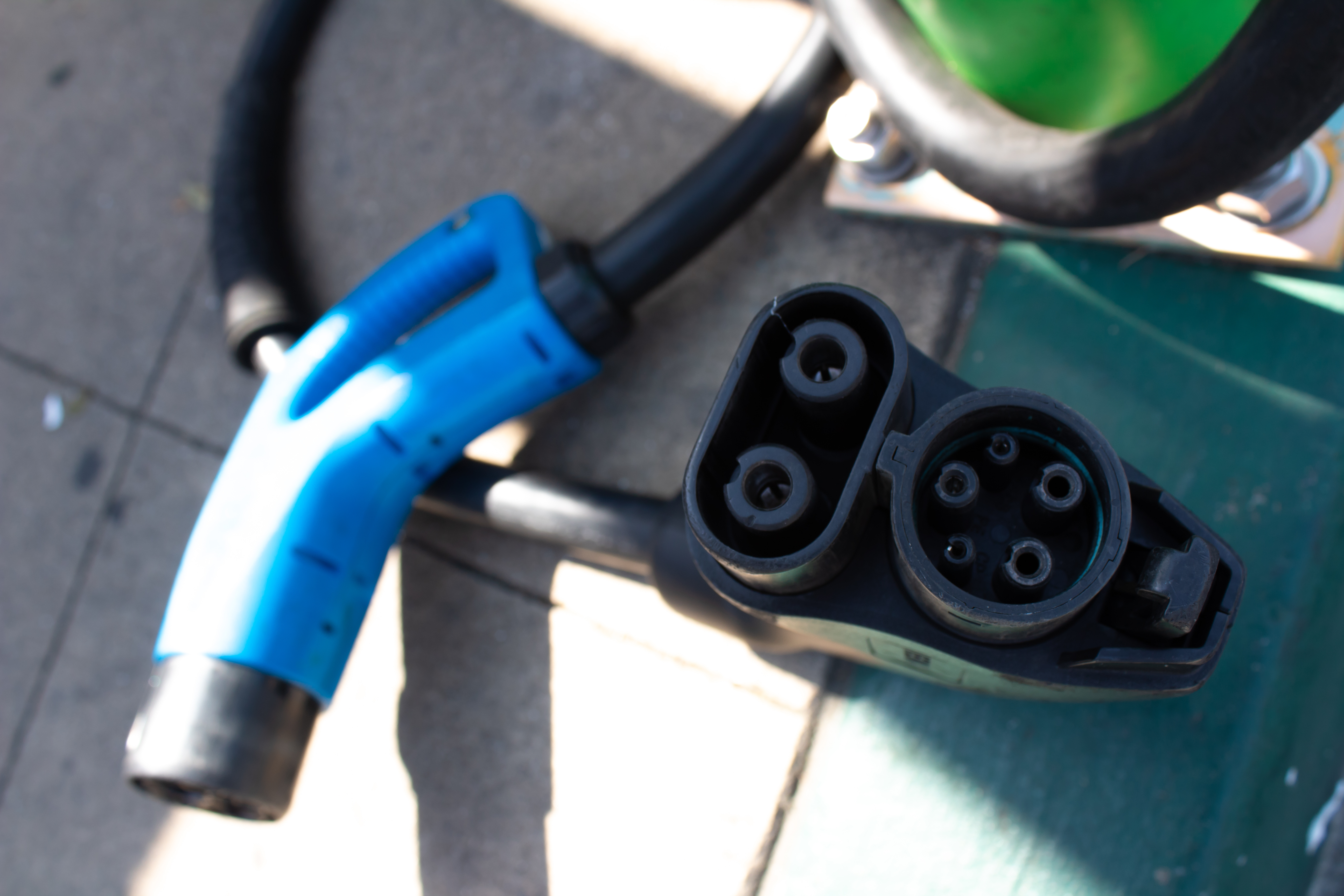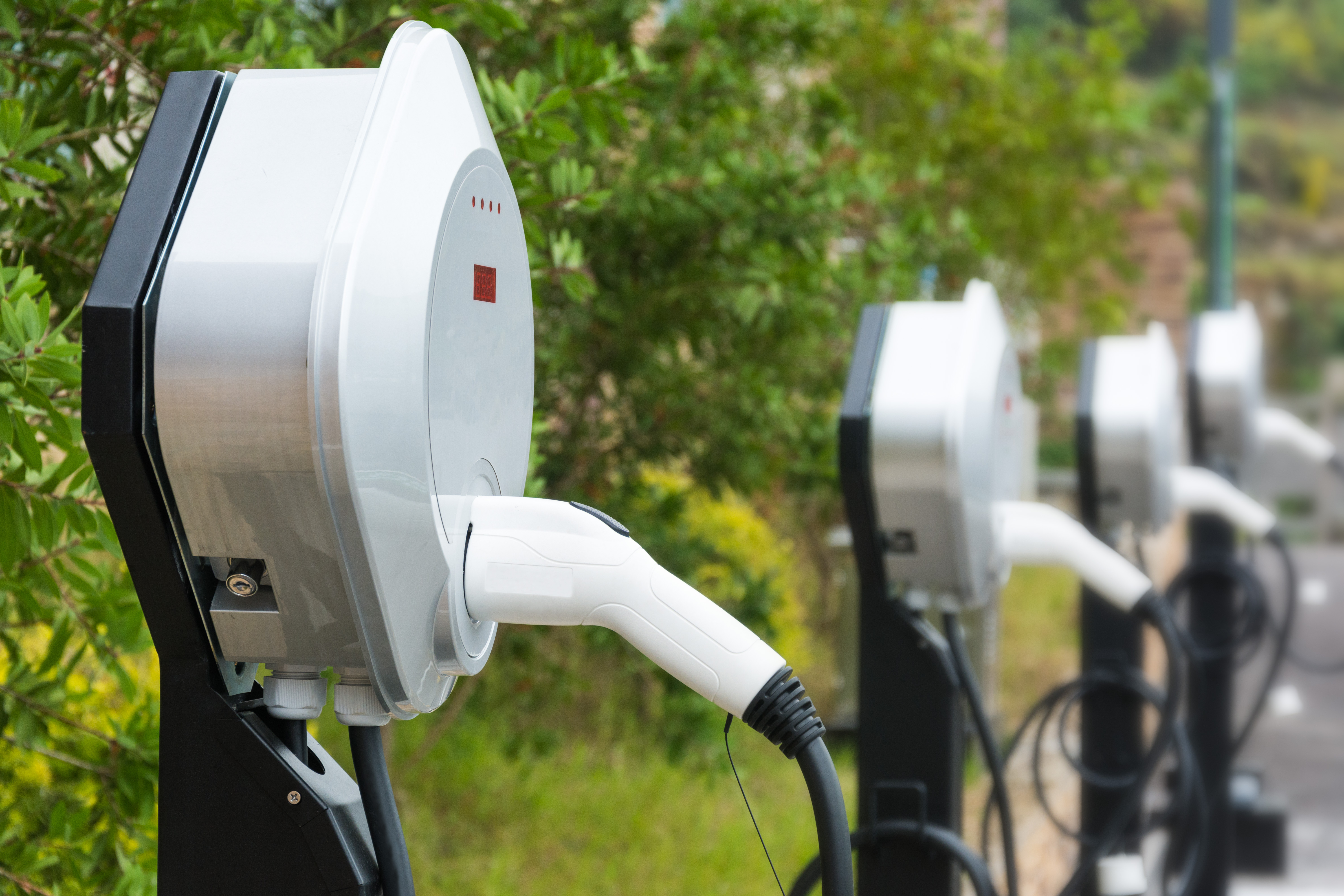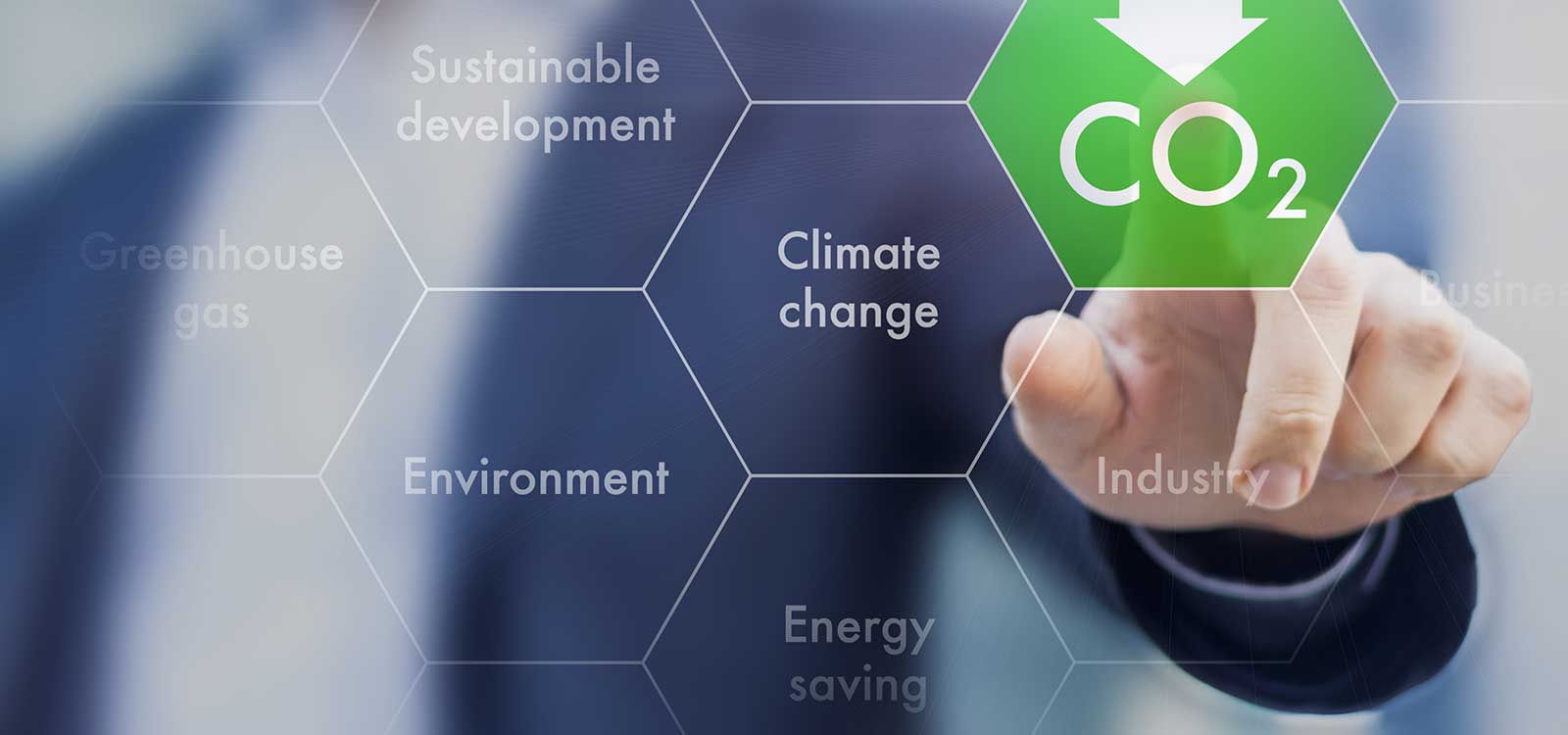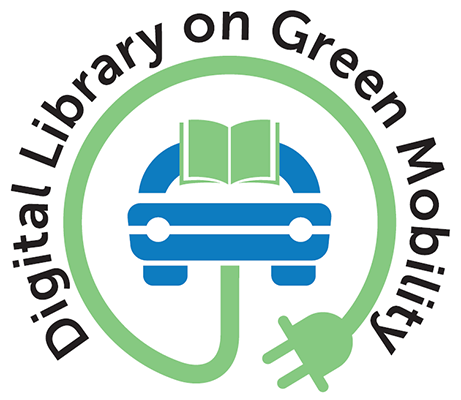Glossary

CHAdeMO
A round four pin plug, this connector is only used for rapid charging points and is typically compatible with EVs manufactured by Asian brands e.g. Mitsubishi and Nissan. Can offer Vehicle to Grid (V2G) but has less power than CCS and requires two separate sockets.
.jpg)
Charge Circuit Interrupting Device (CCID)
A safety protection component within an EVSE that reduces the chance of a person getting an electric shock.

Charging hogging
The term "charging hogging" refers to the act of occupying a charging station, be it for electric vehicles (EVs) or mobile devices, for an extended period exceeding what's considered reasonable, especially when others are waiting to use the same station.

Charging Point
Also known as a charging station, this can refer to a variety of solutions which are used to connect electric vehicles to a power source and recharge their batteries when they are not in use. This can include wall mounted chargers installed in the home, as well as street level charging points which are usually found next to parking spaces.

Climate Change
According to United Nations Framework Convention on Climate Change (UNFCCC), in its Article 1, defines climate change as: ‘a change of climate which is attributed directly or indirectly to human activity that alters the composition of the global atmosphere and which is in addition to natural climate variability observed over comparable time periods’.

Climate Neutrality
Concept of a state in which human activities result in no net effect on the climate system. Achieving such a state would require balancing of residual emissions with emission (carbon dioxide) removal as well as accounting for regional or local biogeophysical effects of human activities that, for example, affect surface albedo or local climate.

Closed-loop recycling system
A closed-loop recycling system is a process in which a product or material is recycled and reused to create the same product or material again, with minimal waste or loss of quality.
.jpg)
Combined Charging System (CCS)
Standardised by the EU, this connector combines two DC pins arranged below the Type 2 AC connector and uses 3 of the Type 2s pins. Found on most Type 2 BEVs.

Contactless Payment
Available on some rapid chargers, it is possible to start and pay for your charging session with the tap of your contactless credit/debit card.

Decarbonising Transport
The term refers to the ongoing effort to reduce and eventually eliminate greenhouse gas emissions from the transportation sector.



